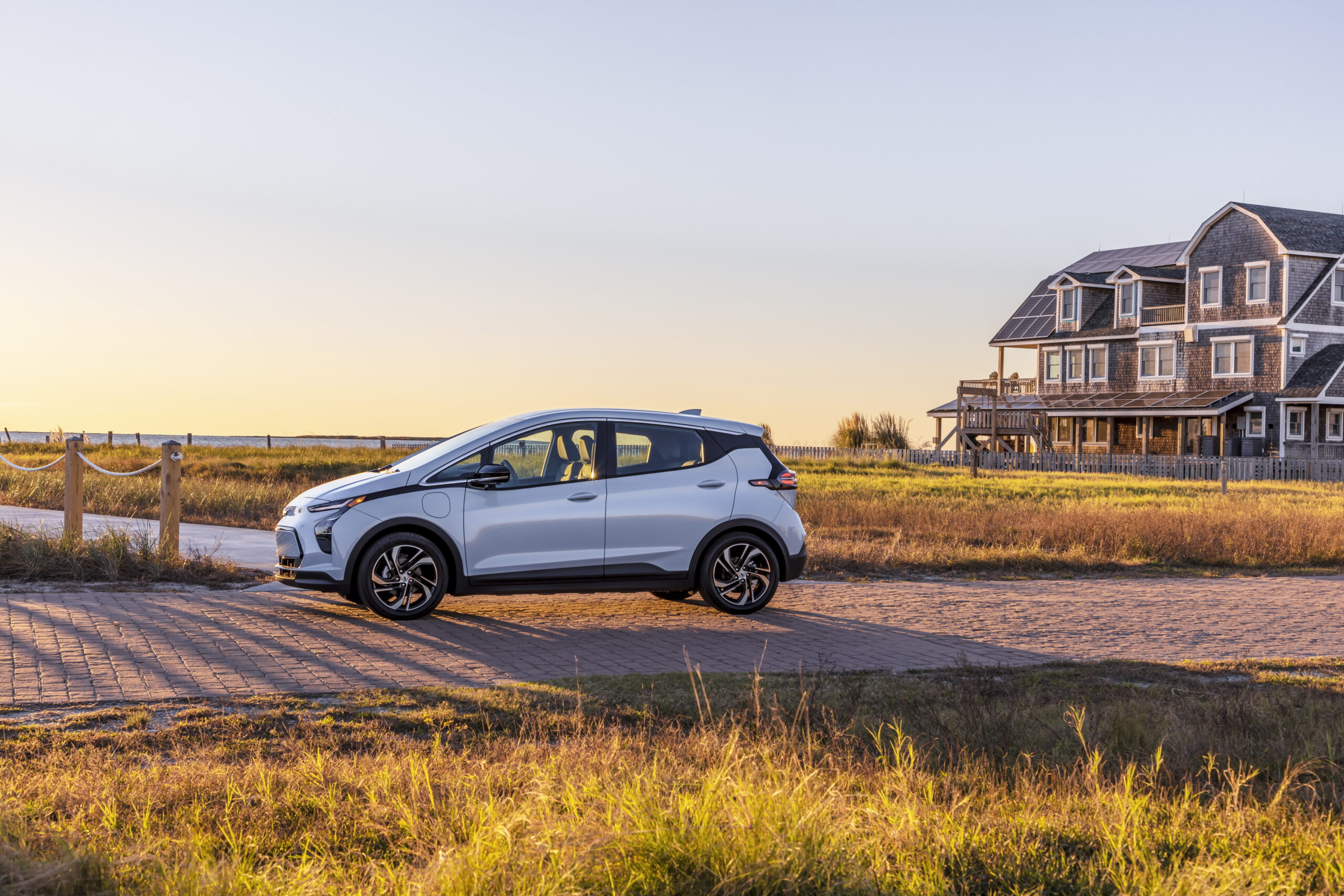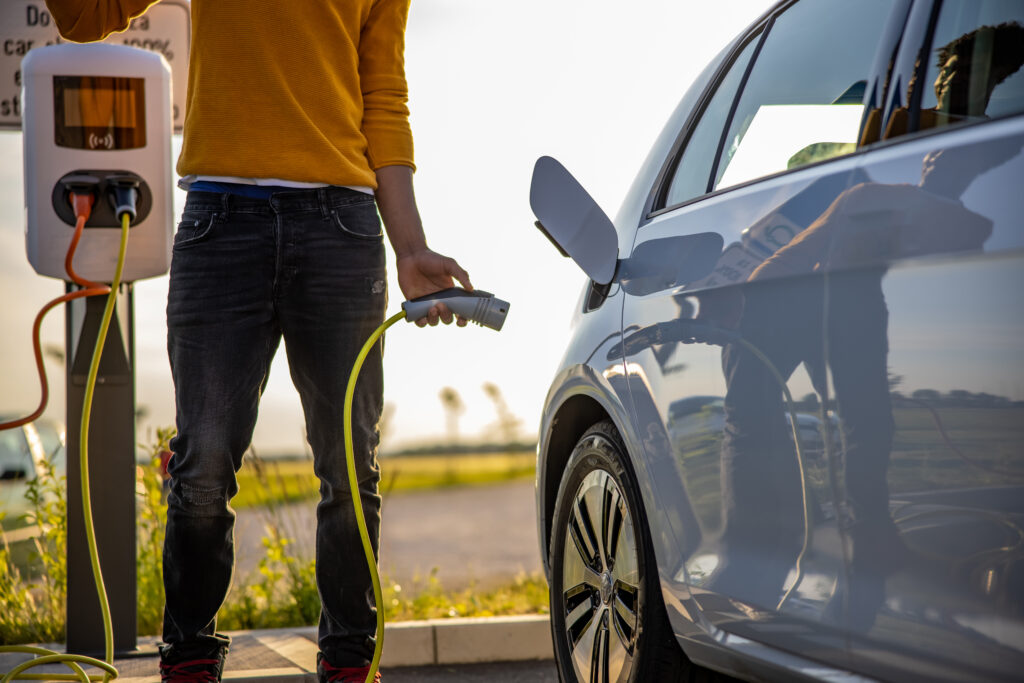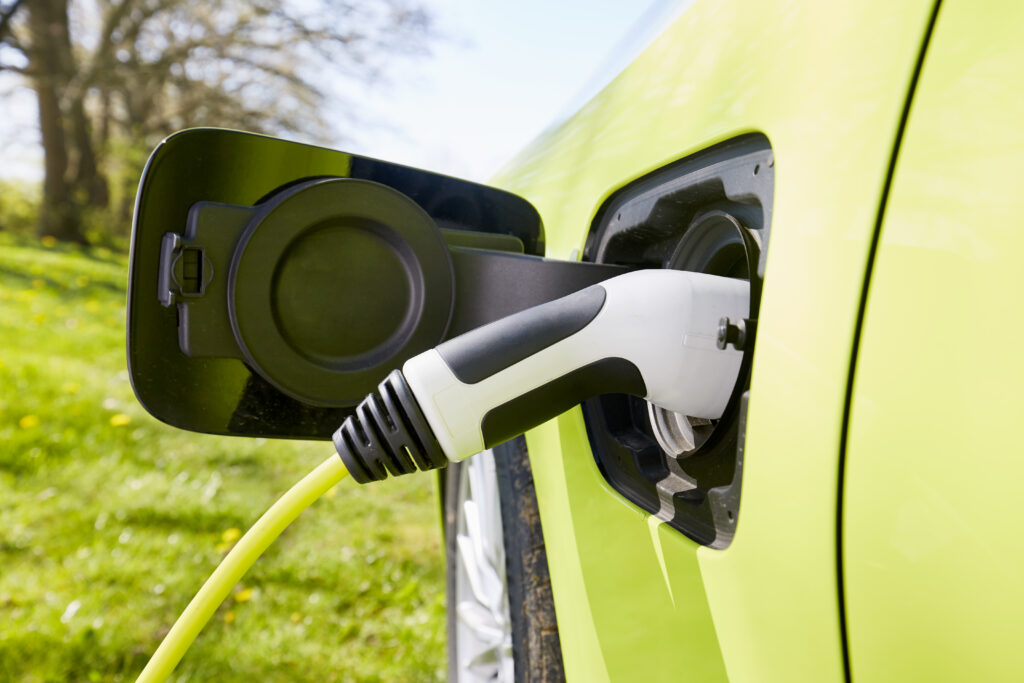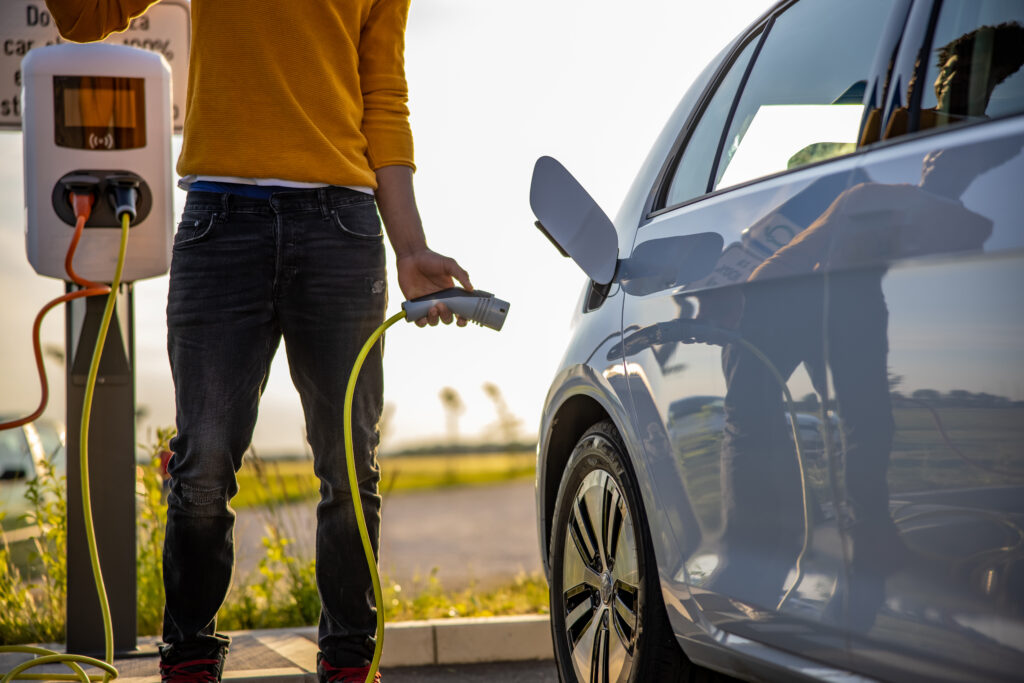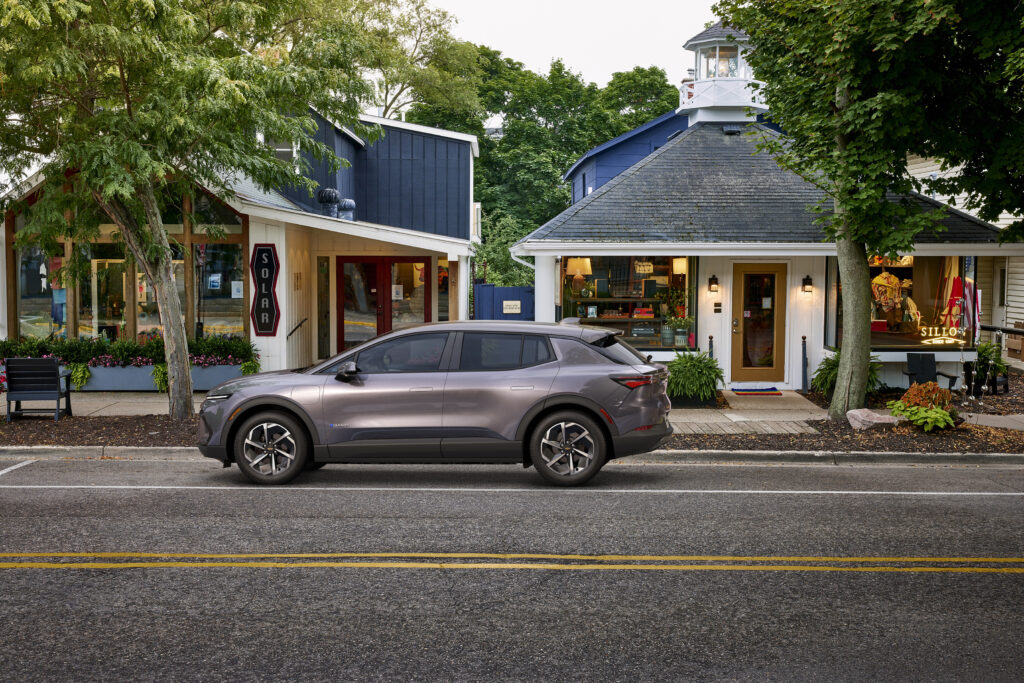
All-Electric, All the Time
You see, it wasn’t that long ago that the earliest EVs were doing well if they could travel 100-odd miles after a full recharge.
These days, most modern EVs will be able to motor along quite happily for at least double that distance with some range to spare. A handful of models can cover even more ground, hitting 300-plus miles, which is about what most of us would expect from a gasoline-powered vehicle with a full tank of fuel.
The one adjustment you may have to make when driving an all-electric model is the time it takes to top off its supply of electrons. While battery recharge times vary based on the type of charger you’re hooked up to and the vehicle’s onboard hardware, you can expect the process of going from a low battery to a full charge on a Level 2 charger to take at least a couple of hours. If you just need a little more juice to make it to your destination, some public DC fast chargers can add as much as 10 miles of range per minute, about the length of time it would take to sit down to enjoy a leisurely lunch, and Tesla’s superchargers are even faster.
Know Your EV
Just to keep things interesting, you should also be aware that not all EVs –not even all versions of the same brand and model – are created equal. This means you’ll want to take note of the powertrain details on any EV you’re considering. The size and capacity of the available battery pack can make a huge difference, of course, just as a larger fuel tank would give you greater driving range between gas station visits.
Also, bear in mind that a single model can be accommodated with a different size or number of electric motors. Not surprisingly, more motors increase performance but generally decrease driving range.
Finally, ambient temperatures – especially extremes of hot or cold – can affect battery life and therefore driving range. Virtually all EVs offer a preconditioning mode that moderates temperatures for optimal performance; read up on it in your owner’s manual and use this feature to help extend your range when conditions dictate.
Worthwhile Trade-Off
The Outer Limits: EVs With Longest Driving Ranges
RANK | MAKE / MODEL | Est. Maximum Range |
|---|---|---|
1 | Lucid Air Grand Touring | 516 miles |
2 | Rivian R1S SUV | 410 miles |
3 | Tesla Model S | 402 miles |
4 | Mercedes-Benz EQS | 390 miles |
5 | GMC Hummer EV Pickup | 367 miles |
6 | Tesla Model 3 | 363 miles |
7 | Tesla Model X | 329 miles |
8 | Rivian R1T | 329 miles |
9 | Mercedes-Benz EQS SUV | 323 miles |
10 | Ford F-150 Lightning | 320 miles |
11 | Ford Mustang Mach E | 320 miles |
12 | BMW i7 | 314 miles |
13 | Kia EV6 | 310 miles |
14 | iX xDrive50 | 309 miles |
15 | Hyundai Ioniq | 303 miles |
AAA’s Recommendation: Whether you own an electric vehicle or a gas-powered car is up to you – and you should consider lots of factors in making that choice. No matter what type of vehicle you’re choosing, we recommend visiting a dealership, test driving one, and asking as many questions as possible to make an informed decision.










